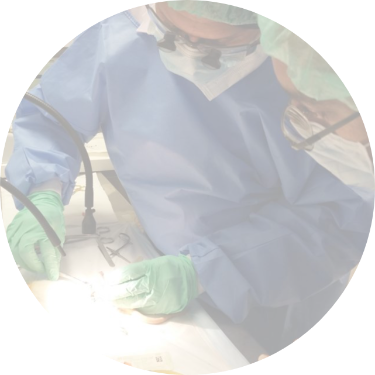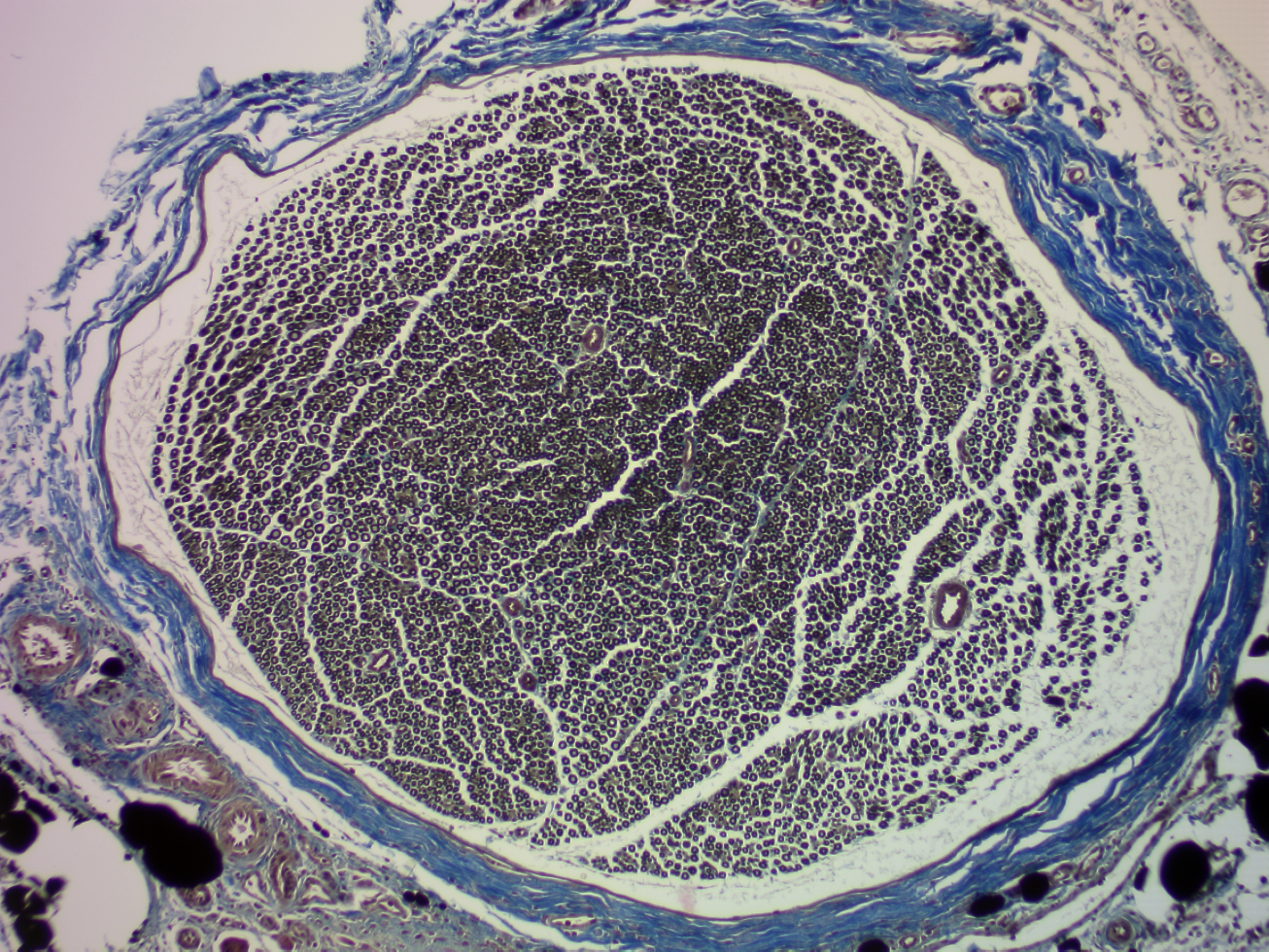Negative Pressure Neurogenesis 2: A novel approach to accelerate nerve regeneration after complete peripheral nerve transection

ABSTRACT
Background: Various modalities to facilitate nerve regeneration have been described with limited success. We hypothesised that negative pressure applied to a sectioned peripheral nerve would enhance nerve regeneration by promoting angiogenesis and axonal lengthening. Negative pressure was found to stimulate nerve lengthening and angiogenesis within an in vivo rat model. Low negative pressure (10 mmHg) provided superior results over the higher pressure groups and the control, favouring axonal growth.
Methods: 30 Wistar rats are approved for this project. The Wistar rat’s Sciatic nerve will be cut (creating ~7 mm nerve gap) and placed into a silicone T tube to which negative pressure will apply. The rats will be divided into 3 subgroups: control (no pressure), 10 mmHg and 20 mmHg of negative pressure. The pressure is to be applied for 2 weeks then the tube to be cut behind the rat's neck. The rats will be allowed to live in their cages for 3 months where functional outcome will be assess through gait analysis, ladder run test and withdrawal latency test. The nerve segments will be retrieved at the end of the experiment for gross and histological analysis.


